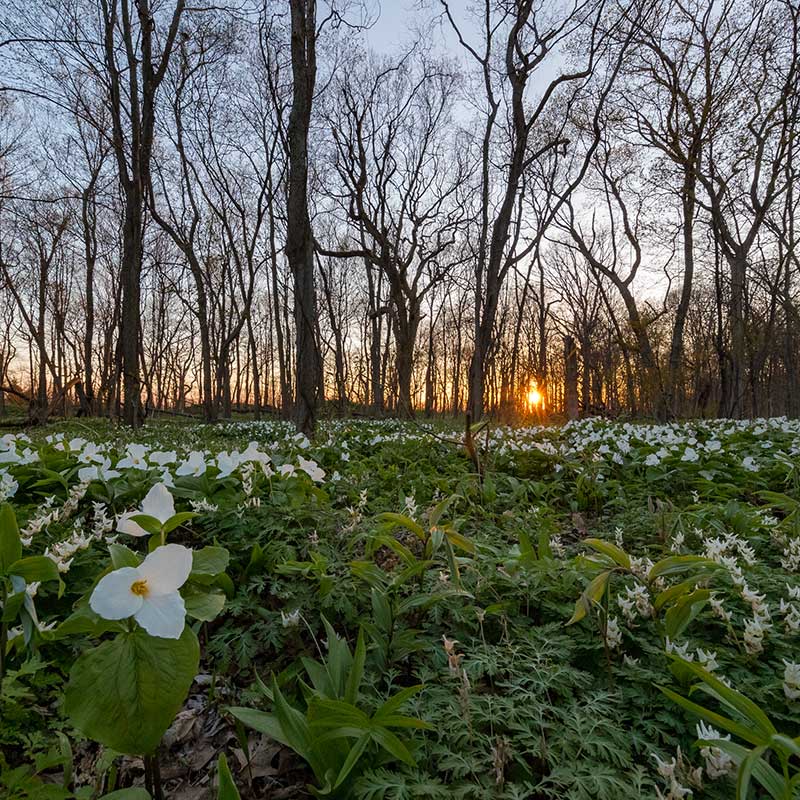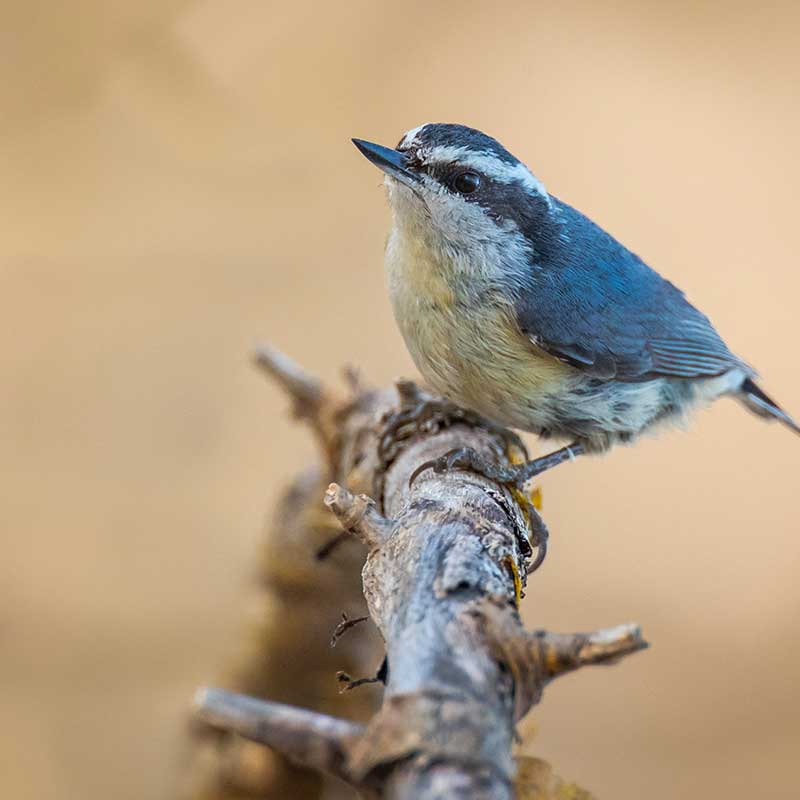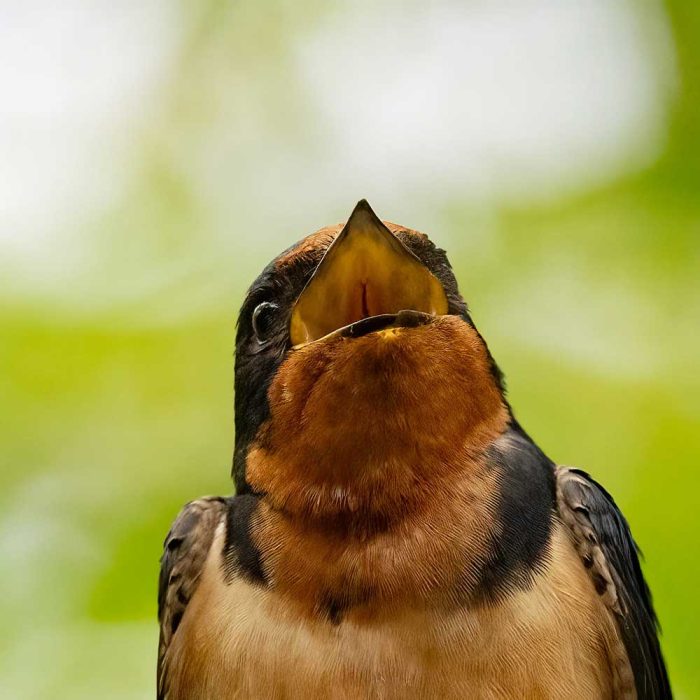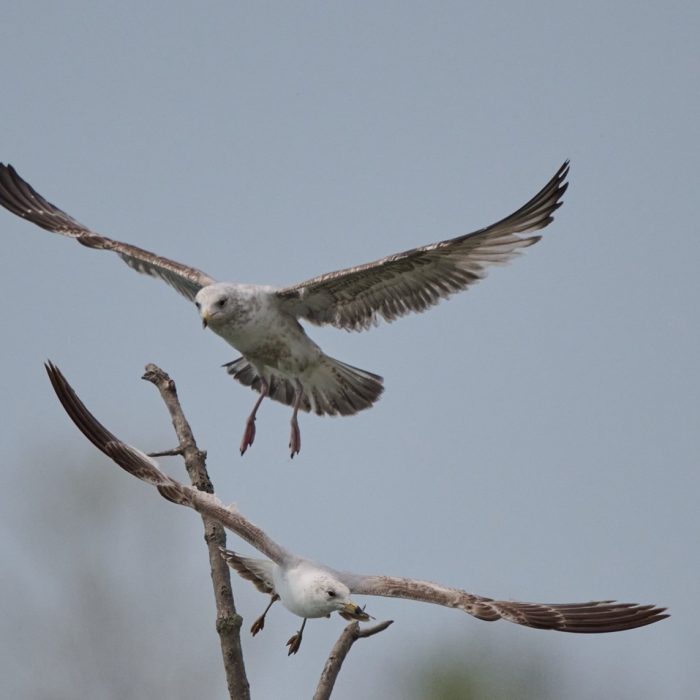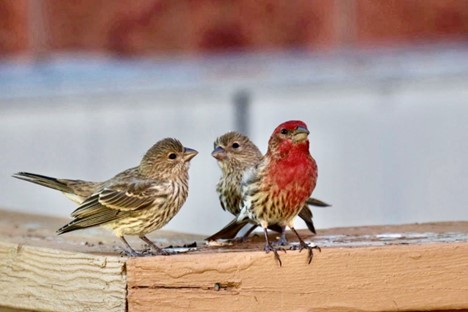
Fish Point at dawn. | Photo by Paul Jones
The Dawn Walk
“The walk really gives us the best snapshot of the overall activity in our count area,” says Graeme Gibson the Younger, a founder of PIBO in 2004 and its chief field manager until his retirement. Although PIBO tracks bird populations throughout the island, in the spring the Dawn Walk tells them what birds have arrived overnight, exhausted and starving after their long push over Lake Erie. In the fall, they learn which birds are gathering strength and building fat reserves in preparation for their migration southwards to Mexico, Central, and South America.
Every morning brings new surprises. In the spring of 2018, the island was visited by a large flock of Eastern bluebirds. The year before, it was Red-breasted nuthatches: in 2019, the banding station captured 108 nuthatches, compared with only one the previous year. Twenty years of Dawn Walks have provided a detailed picture of migration patterns; looking at the cumulative data, gathered daily, is like building a pattern of climate by keeping daily track of the weather.
“It’s the consistency of the reporting that’s important,” says Sumiko. “Doing the same walk with the same route over such a long period of time gives us a good look at population trends.”

